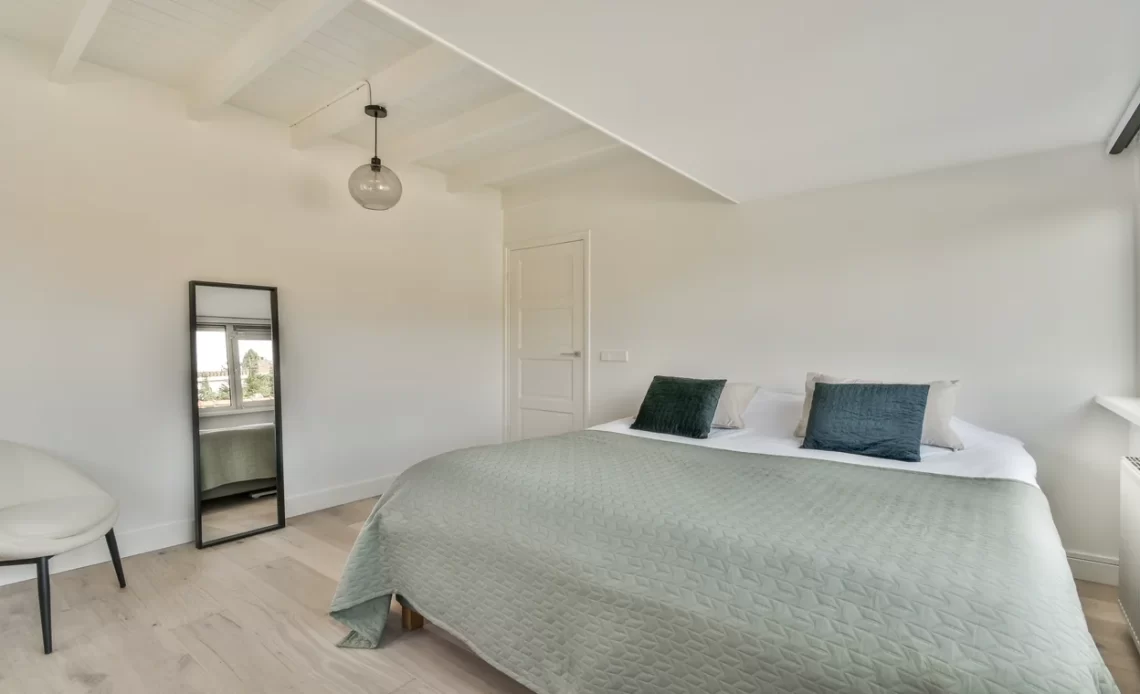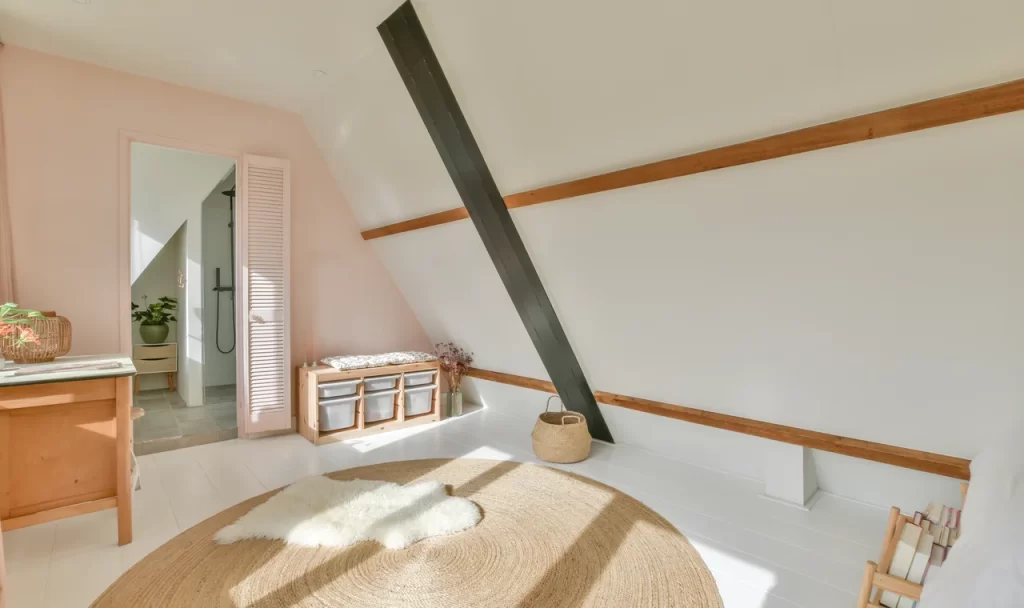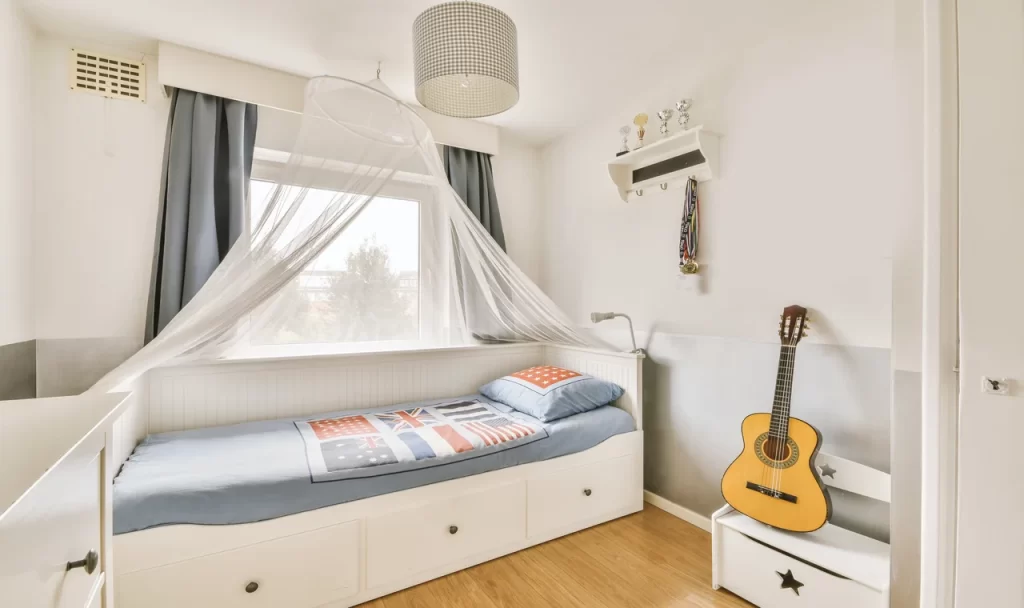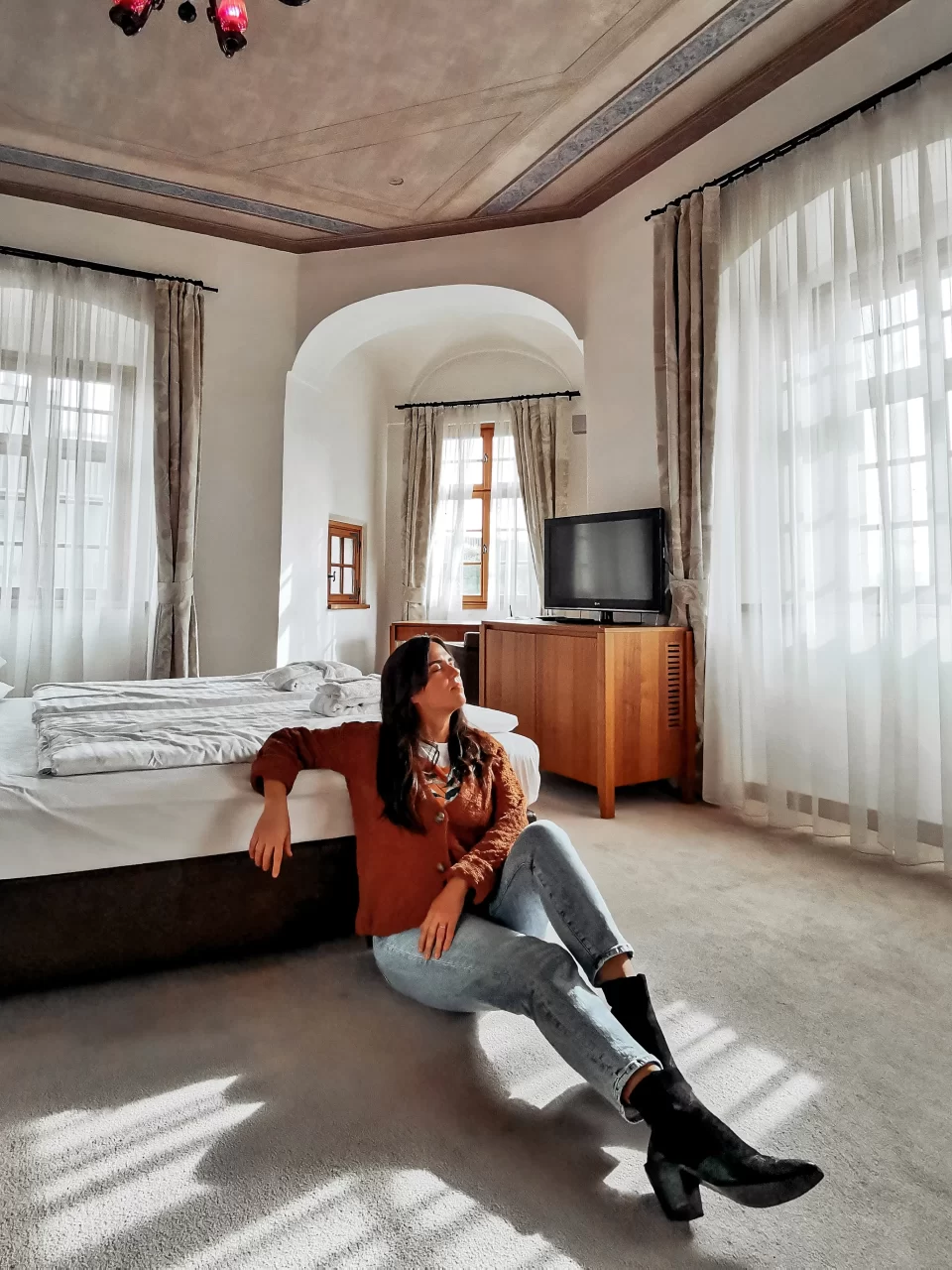
Table of Contents
Introduction
In the ever-evolving world of interior design, minimalistic interior design has emerged as a timeless trend that champions simplicity, functionality, and serenity. Rooted in the principle of “less is more,” minimalistic design seeks to create spaces that are both aesthetically pleasing and purposeful. Minimalistic interior design is a style that offers a refreshing antidote to the chaos, emphasizing clarity, functionality, and tranquility. But what does it truly mean to adopt minimalism in our homes, and how can we achieve that coveted clean and clutter-free space? Let’s dive in.
The Essence of Minimalistic Interior Design
Minimalism, as a design philosophy, emphasizes the use of simple forms, neutral color palettes, and unembellished materials. It’s not just about having fewer items but about making intentional choices that add value to the space, ensuring every element serves a purpose and resonates with the homeowner’s aesthetic and values. The goal is to eliminate excess and focus on the essentials, creating an environment that promotes tranquility and mindfulness.
Key Elements of Minimalistic Design
Neutral and Monochromatic Color Palette

The minimalist color scheme often revolves around whites, blacks, grays, and earth tones. These colors form a serene backdrop, allowing the room’s architectural details and chosen furnishings to shine. These colors also create a harmonious and calming environment, free from the visual noise that often accompanies bolder hues.
Whites: Often considered the purest shade in the minimalist palette, white exudes cleanliness and simplicity. It offers a blank canvas, allowing other elements in the room to take center stage. Whether it’s the crispness of a stark white or the warmth of an off-white, this color brings a sense of spaciousness and light to any space.
Blacks: While it might seem counterintuitive to include black in a minimalist scheme, when used judiciously, it provides depth and contrast. Black can anchor a space, giving it definition and character. It’s especially effective in highlighting specific architectural features or creating a focal point.
Grays: Serving as the bridge between white and black, grays offer a spectrum of shades, from soft dove grays to deeper charcoals. Gray is versatile and timeless, often adding a contemporary touch while maintaining the room’s serene ambiance.
Earth Tones: These are the hues that connect the interior to the natural world outside. Beiges, taupes, and soft browns evoke a sense of warmth and coziness. They ground the minimalist space, ensuring it doesn’t feel too sterile or cold.
Streamlined & Functional Furniture

In the minimalistic interior design landscape, the fusion of streamlined and functional furniture stands as a beacon of intentional living. Streamlined furniture, characterized by its clean lines and absence of ornate details, underscores the minimalist mantra of simplicity and quality over quantity. It’s not just about aesthetics; it’s about crafting spaces that breathe and resonate with clarity. On the other hand, functional furniture elevates this design ethos by ensuring every piece serves a distinct purpose, for example, a bed with storage drawers or a dining table with extendable leaves, can be particularly useful in a minimalist home.
Whether it’s a sleek, contemporary sofa that complements the room’s ambiance or a multi-functional bed offering storage solutions, the emphasis is on maximizing utility without compromising on style. Together, streamlined and functional furniture encapsulate the essence of minimalistic interior design, creating spaces that are both visually serene and practically efficient.
Open Spaces
Within the framework of minimalistic interior design, open spaces play a pivotal role in crafting calm and spacious ambiance. Minimalism challenges the conventional need to fill every nook and corner, advocating instead for purposeful emptiness. This intentional void is not about creating a sense of lack, but about celebrating the beauty of unoccupied space. Such open areas allow rooms to breathe, free from the clutter and chaos of excess. The result is a space that not only appears more expansive and airy but also exudes a calming energy.
Minimal Decor
Minimal decor emphasizes the importance of choosing each decor item with care and thought. Instead of overwhelming the space with an abundance of items, the focus is on selecting fewer pieces that hold significant aesthetic or emotional value. A single piece of artwork or a strategically placed vase can become a focal point, drawing the eye and making a powerful statement. This careful curation of decor items not only prevents visual clutter but also allows each piece to shine, enhancing the overall ambiance of the space. The result is a harmonious environment where every item has its place and purpose, contributing to the serene and balanced feel characteristic of minimalistic interior design.
Natural Light

Embracing natural light is a fundamental aspect of minimalistic interior design, enhancing the sense of openness and airiness in a space. The use of sheer curtains or blinds allows the maximum influx of sunlight, illuminating the interiors and creating a warm, welcoming ambiance. This emphasis on natural light not only highlights the design elements and clean lines characteristic of minimalism but also contributes to the overall energy efficiency and sustainability of the space.
Steps to Achieve a Minimalistic Interior Design
Declutter
Begin by removing items that you no longer need or love. This can be a gradual process. As Marie Kondo suggests, keep only those things that “spark joy.”
Choose Quality Over Quantity
Invest in high-quality pieces that are durable and timeless. It’s better to have one excellent sofa than several mediocre chairs.
Opt for Hidden Storage
To maintain a clutter-free appearance, utilize storage solutions like under-bed drawers, built-in cabinets, and multi-functional furniture.
Prioritize Functionality
Every item you introduce should have a clear function. Avoid impulse purchases and instead invest in pieces that align with your needs and aesthetic.
Limit Decorative Accents
Instead of numerous decor items, choose a few statement pieces that resonate with your style. This could be a piece of art, a sculptural vase, or a designer lamp.
Limit Color Variations
Stick to a limited color palette. If you wish to introduce colors, do so in subtle ways, such as through cushions, throws, or rugs.
Incorporate Nature
Plants can add life and vibrancy to a minimalist space without making it feel cluttered. Choose low-maintenance plants like succulents or snake plants.
Benefits of Minimalistic Interior Design
Mental Clarity
A clutter-free environment can lead to a clutter-free mind, reducing stress and promoting mental well-being.
Easier Maintenance
Fewer items mean less cleaning and organizing.
Cost-Efficient
By focusing on quality and essentials, you can save money in the long run.
Environmentally Friendly
Minimalism often goes hand in hand with sustainability. By consuming less and choosing sustainable options, you reduce your carbon footprint.
Time-saving
With everything in its place, you spend less time searching for items, giving you more moments to enjoy your beautiful home.
Conclusion
Minimalistic interior design is more than just a trend; it’s a lifestyle choice. By embracing simplicity and intentionality, you can transform your living space into a haven of peace and purpose. Whether you’re starting from scratch or redesigning an existing space, the principles of minimalism can guide you towards a home that reflects clarity, elegance, and mindfulness.
If you want to about stylish and elegant trends in Interior Design, please click here to read our article titled Chic Dwelling: Elevating Your Interior Design Game.
